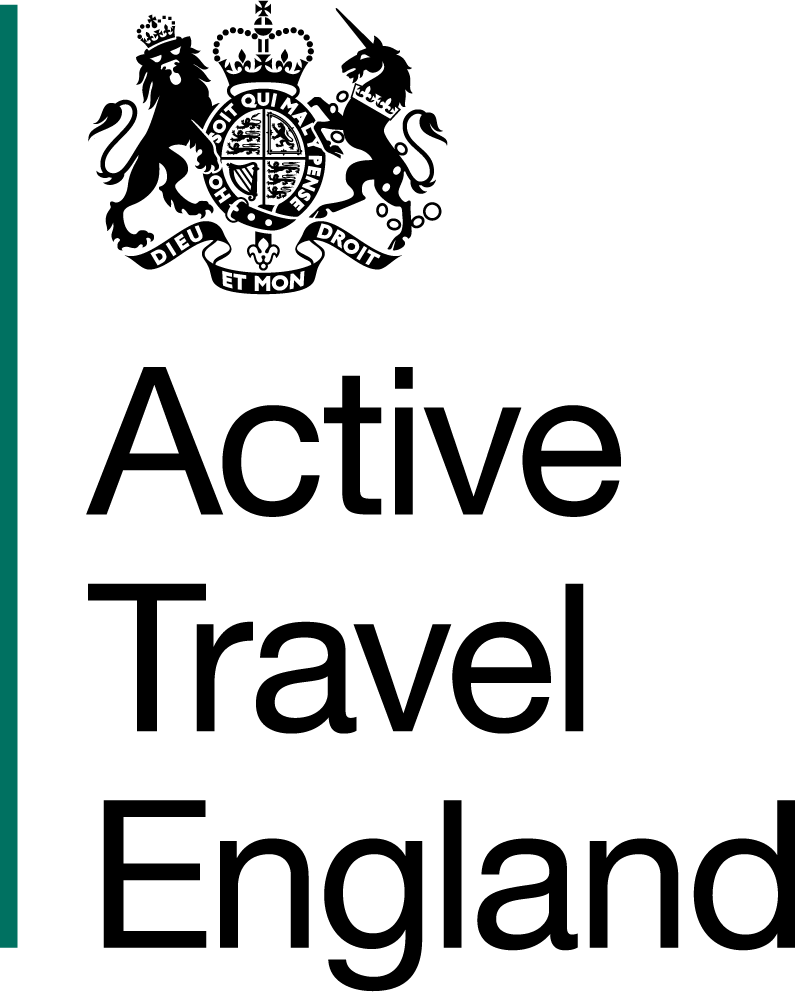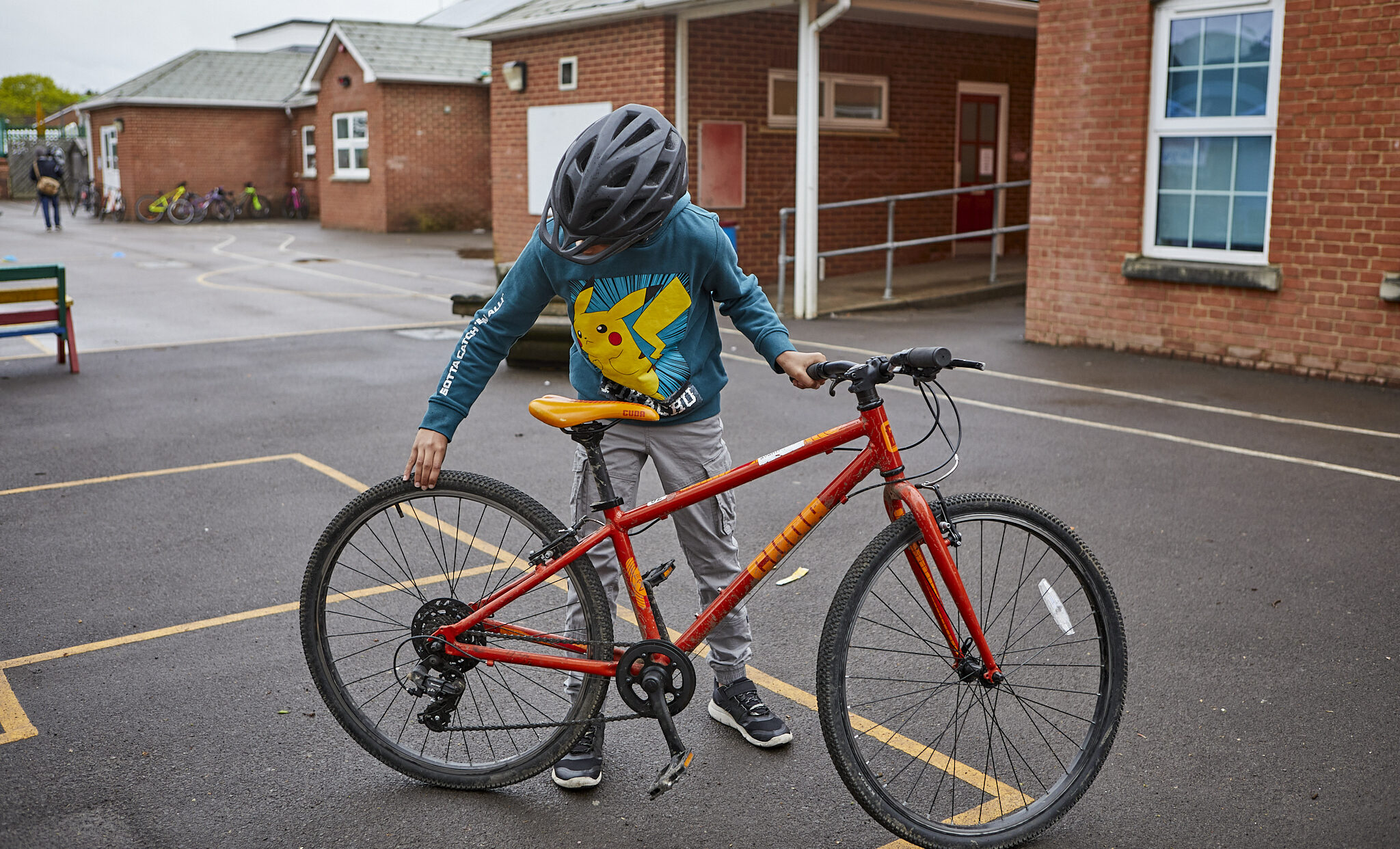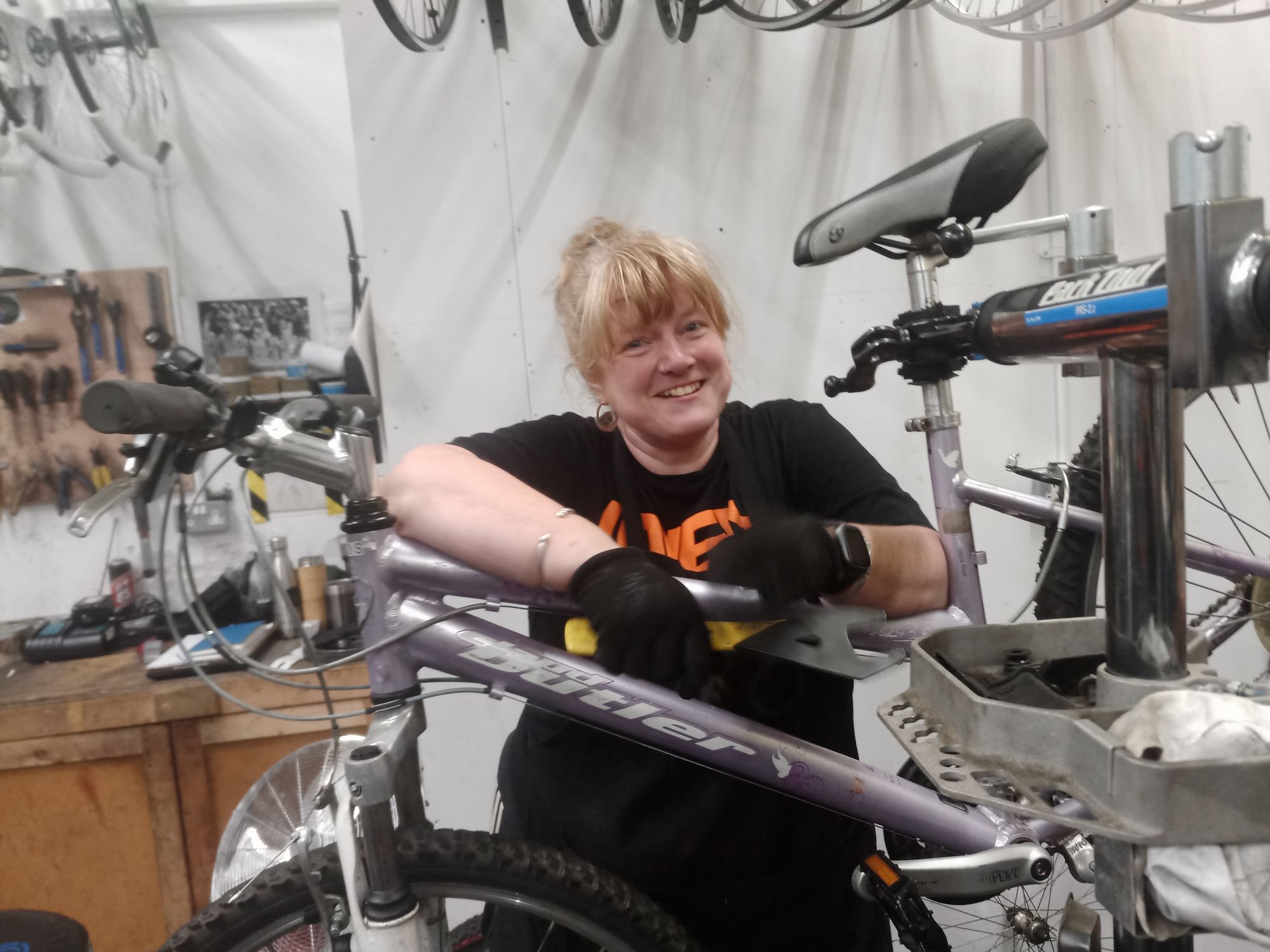There are a huge range of cycles available as well as adaptations that make cycling fun and accessible for almost anyone. It’s worth taking time to investigate what works best for you. Here are some of our top tips for finding the right cycle.
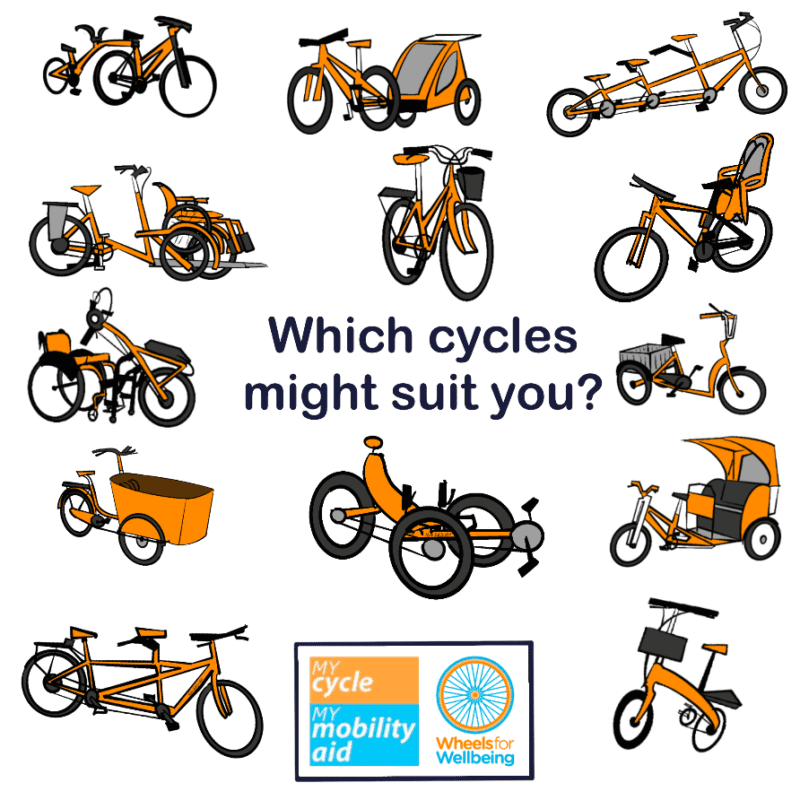

A good cycle is one that is:
- Easy to get on and off
- Easy to balance when moving and stationary
- Easy (or at least manageable) to pedal
- Comfortable to ride
- Fits on all the routes you want to use
- Easy for you to park and store
Most importantly, a good cycle is one which you enjoy riding!
Making your current cycle work for you
Is there a cycle in your shed that’s painful to use or you just don’t like? There may be some small, easy changes which could make riding it work much better for you.
The internet is a fabulous place to find cycle maintenance and fitting videos! Local cycle shops or cycling charities including Dr Bike sessions will also be able to help with this. Some quick changes that can make all the difference include:
- Make sure the tyres are properly pumped up, the brakes are safely adjusted and all moving parts are clean, oiled and moving smoothly.
- Adjusting your seat height and tilt so you feel comfortable using it and can balance securely when moving or stationary.
- Adjusting your handlebars, or even changing handlebar type can make a huge difference to your back and neck, while toeclip, clipless or Velcro strap pedals will help keep feet positioned or allow you to pull up on the pedals.
If you need to make bigger changes, or think about getting a different cycle, read on…
If you’re choosing a new (including secondhand) cycle
Try out lots of different cycles!
Different people prefer different cycles.
Some organisations who can help you alter, try out or loan cycles are listed at the bottom of this article – there are many similar organisations doing great work all over the UK!
Thinking about riding position
Which positions do you feel comfortable and safe in? Think about where you’ll ride: A recumbent may be fantastic away from traffic, but you may not like riding it on roads.
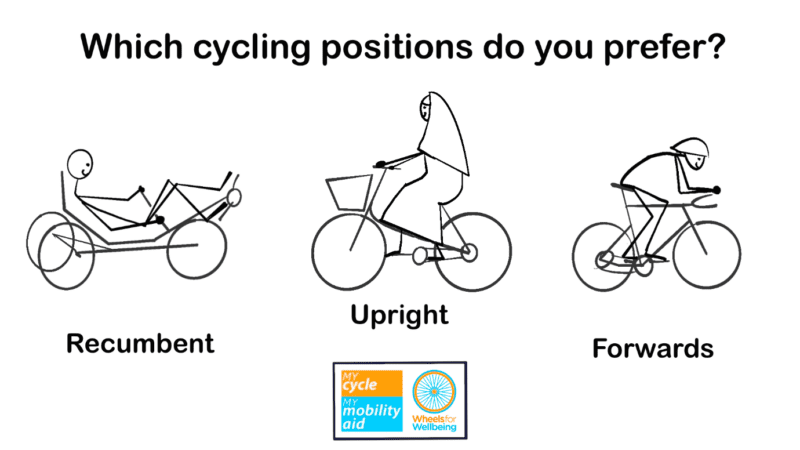

Thinking about seats
Conventional saddles come in various shapes, sizes and softness. Different seat styles can have back supports and harnesses. Choose a seat lets you move freely and without discomfort but which supports you safely.
Handcycling or leg cycling?
Generally, people’s legs are stronger than their arms, so pedaling with legs is easier than handcycling for most people, including some wheelchair users.
Mobility aids including manual wheelchairs, rollators/frames, crutches, assistance dogs and sticks can be carried on cycles.
Clip-on handcycles for wheelchairs can be a very convenient option, especially with e-assist.
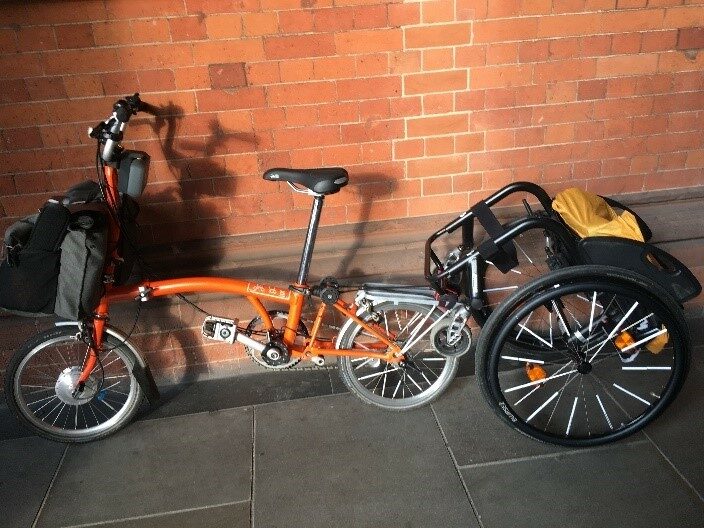

Cycles can transport a range of mobility aids
How many wheels?
Two-wheeled bicycles will stay up when moving but fall over when not moving. This means that you will need to be able to put a foot on the floor and balance yourself and the bicycle when you are stationary. If this is not possible or not comfortable, you may want to consider something with more wheels.
Three or four- wheeled cycles will stand up on level ground and don’t need you to balance them when stationary, but they can tip over when turning corners at speed or on ground that slopes steeply sideways.
Even if you can ride on two wheels, you may prefer to ride on more. There are many fantastic trike, quad cycle and adult stabilizer options, including lightweight, folding, e-assist and cargo models.
Puncture-proof tyres or inserts can save you time and stress.
Cargo and people-carrying capacity
Do you want to carry lots of shopping or other people – children or adults?
Panniers, trailers or tag-alongs can be added to many cycles, or cargo cycles, tandems or triplets may work best for you.
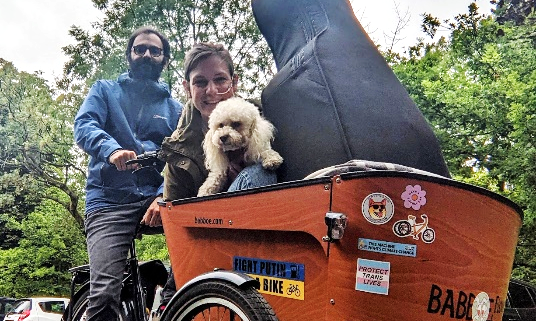

Who and what do you need to transport with your cycle?
E-assist can make moving heavy loads surprisingly easy or make cycling an option when without it you can’t ride at all. Check out our separate Top Tips on choosing e-assist.
Brakes and gears
Brakes need to be easy for you to reach and grip firmly enough for you to bring your cycle to a halt. Usually there is one break lever on each handlebar or hand pedal, but they can be adapted so both brakes can be operated with one hand.
Backpedal brakes are common on Dutch cycles and some handcycles. They can be easier to use than hand brakes but might take a bit of getting used to if you haven’t tried them before! Similarly, fixed wheel cycles let you brake without using hands, but require lots of leg strength.
Gear shifters are also usually located on the handlebar (or hand pedal). You can get manual shifters with grip shift or thumb/finger levers, or electronic shifters. Electronic and automatic gear shifters can make gear changing zero effort- particularly valuable if you have limited hand strength or a pain condition like arthritis.
Deraillieur gears are common in the UK: You have to pedal to change gear, so if you stop in a high gear it can be hard to start again. They need more maintenance and are more fragile than hub gears.
With a hub gear, you can change gear when stationary or moving. They’re durable and low maintenance – but heavier and more expensive than deraillieur gears.
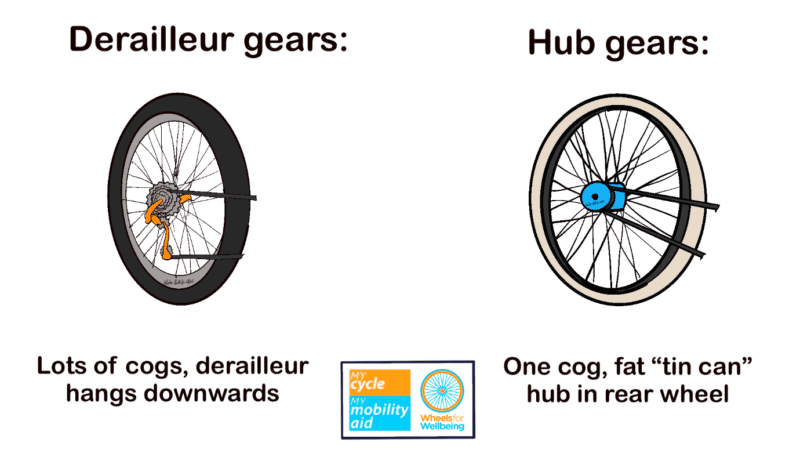

Hopefully these tips will help you find a cycle that works well for your body.
Read the rest of the series
Read part two of Wheels For Wellbeing’s top tips on choosing an accessible cycle
You can also read their guide on choosing a cycle with e-assist
About Wheels for Wellbeing
Wheels for Wellbeing is a Disabled People’s Organisation working to make cycling, wheeling and walking accessible for everyone.
Blog author Kate Ball is a Disabled cyclist, parent, carer and a Campaigns and Policy Officer at Wheels for Wellbeing. Her favourite cycle is a Circe Helios tandem which is really her daughter’s – but which all the family love to ride.
Useful organisations
Wheels for Wellbeing: https://wheelsforwellbeing.org.uk/
Wheels for All: https://wheelsforall.org.uk/
Get Cycling: https://www.getcycling.org.uk/
Cycling UK: https://www.cyclinguk.org/
